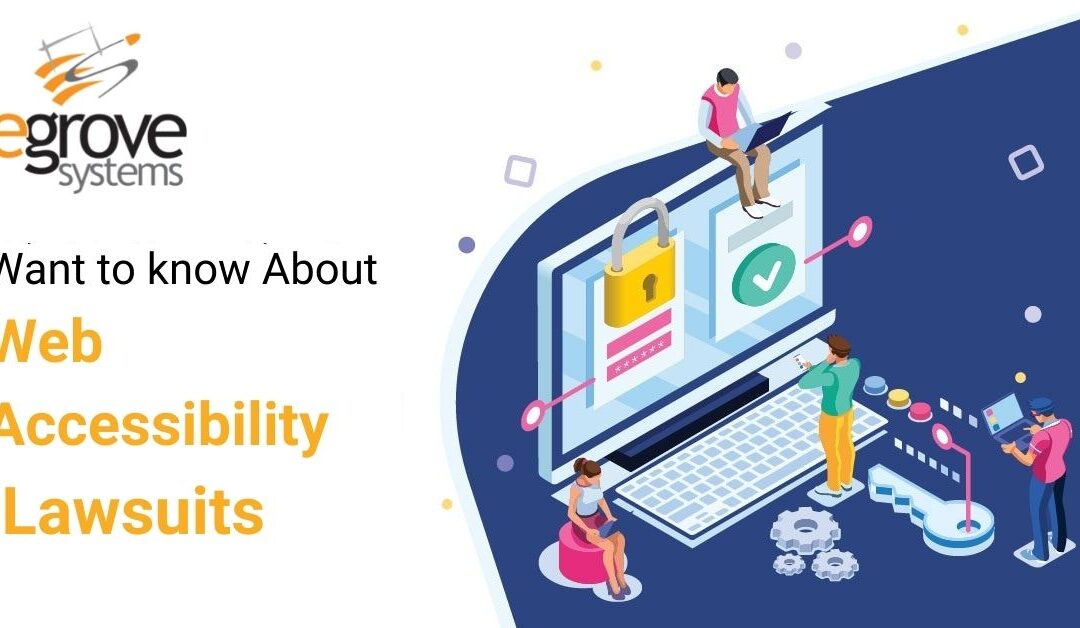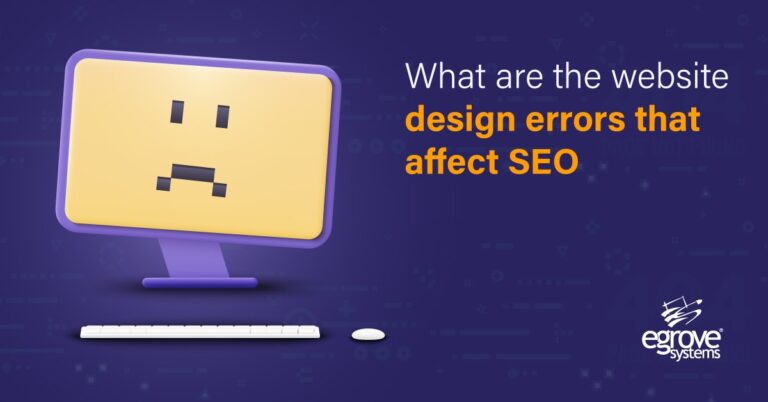Web accessibility is an important part of web design, but it could become harmful to ignore as accessibility lawsuits are becoming a concern for websites of retailers and other businesses.
The Americans with Disabilities Act requires US businesses to make reasonable accommodations for customers with disabilities, and this includes accessible websites. From 2017 to 2018, the number of ADA Title III lawsuits related to website accessibility rose from 814 to 2,258, and a similar number have been filed in the ensuing years. Retailers, food services, and other businesses have been impacted, making it crucial for companies to improve their websites and avoid potential violations of the ADA.
What is Web Accessibility?
Web accessibility is the ability of websites to make their content accessible to people with disabilities, including those that prevent them from viewing and interacting with web pages using normal methods. Complex modern websites may use technologies that are hard for people with disabilities to operate, and they can be too big to stay aware of all the ways their content can be made accessible. Accessibility addresses basic guidelines like making text readable, avoiding color clashes, and including navigation tools. It also includes supporting assistive technologies like screen readers and providing alternatives to media that is conveyed in a single way, like captions for audio or video.
The Web Content Accessibility Guidelines, or WCAG, are the leading set of web standards for accessibility. While they aren’t law, they are most commonly used and checked by web designers, and they are the most often cited when lawsuits based on the ADA are filed.
The Rise of Accessibility Lawsuits
The ADA doesn’t specifically mention websites as places of public accommodation that would need to be made accessible, but as web access becomes vital to getting services from companies, lawsuits on this basis have become increasingly common and courts have let them go forward. Thousands of lawsuits have been filed in the US, the majority of them from New York, followed by Florida, California, Pennsylvania, and Illinois.
Problematically, there has not been consistency in the results of the lawsuits, creating confusion about what websites need to do to avoid legal issues. In a 2019 case where a blind man sued Domino’s Pizza over being unable to order pizza online using a screen reader, the Supreme Court declined to hear the argument that websites aren’t subject to the ADA requirements, ending the case in the favor of the man. There are a variety of federal court rulings that have had different results, leading to confusion about what the requirements are. The Online Accessibility Act was introduced to address this in October 2020, but it failed to gain traction in Congress.
Lawsuits have relied on the WCAG standards to show that websites are not effective accommodations for the disabled. One of the major accessibility cases against the grocery store Winn-Dixie has questioned whether lawsuits should rely on how well sites meet the WCAG since it isn’t part of the law. However, as the most visible and prominent set of accessibility standards that cover nearly all disabilities covered by the ADA, it has been consulted frequently.
Read also:- What are the Strategies for Website Design to Boost Conversion Rates?
How to Keep Your Site Accessible
The trend of lawsuits has flattened rather than continuing to grow, but as long as uncertainty about the responsibility of the website remains, it’s a very real concern that could affect any online business. Retailers, food service businesses, healthcare providers, financial institutions, and other industries have faced web accessibility lawsuits.
Don’t forget that web accessibility serves its own purposes in making your brand available to the most possible customers and enhancing your site’s value to search engines. More accessible websites are easier to navigate and utilize.
To ensure compliance, run regular site audits that check for accessibility principles and consult them when introducing new site elements that could be difficult for people with disabilities to use. Also keep in mind that accessibility can’t be delayed or ignored on a newly-created service, since any period where people can’t access it could lead to customer dissatisfaction and lawsuits. The accessibility features should be available alongside the basic features of the platform and tested with screen readers and other external technologies to ensure they work properly in the real-world conditions of people with disabilities.
The WCAG continues to develop new versions of its principles; while the 2.1 version is commonly used by websites now, it continues to advance and web designers should monitor new advisories and requirements as the WCAG 3.0 version is being drafted.
Web content creators and web designers should pay close attention to trends in accessibility and verify that their new web pages, mobile apps, and other technologies don’t interfere with accessibility.







